The Ultimate Trading Guide
$26.17
| Author(s) | , |
|---|---|
| Format |
|
| Pages |
302 |
| Publication Year |
2000 |
The Ultimate Trading Guide will examine the fallacies of this approach and present an outline and a basket of trading ideas that should give you a statistical advantage in trading the markets. Technical analysis is simply reviewing historical data in an effort to understand the forces of supply and demand. This effort can give you a slight edge in the markets that may lead to consistent an profitable trading results. Technical analysis is a viable and effective force in trading the markets.
Introduction:
All speculative markets are governed by the law of supply and demand. Economics have proven that a fair market will determine the equilibrium point between the supply and demand of goods or services. This equilibrium point is the price where buyers and sellers agree on a value of the product being traded. The price of a stock or future is constantly changing. This price movement, also known as market action, is often represented by a simple bar chart that provides five different statistics for the market that it represents: open, high, low, close price, and the range of market movement fur that day.
The bar chart represents the war that is fought between buyers and sellers (bulls and bears). If the market closes up from the open, the hulls have won. If just the opposite happens, then the bears are the victors. The range of the bar chart represents the battles that were fought during the day. If the price of a stock advances by one point, that stock was worth an extra point in price. A collection of the latest bar charts of a certain market gives a longer term view of the supply and demand for that underlying market. Market technicians believe that future prices of a slock or future can be determined by following the map of supply and demand that is portrayed by the bar chart. If one can master the art of proper chart interpretation and uncover the law of supply and demand, it can lead to profitable trading.
The first part of this book is dedicated to the art of deciphering the bar chart. The authors present several approaches to reading the charts that are based on years of watching the markets. We learn best when we concentrate on one idea at a time. Take any chart and mark specific entries under each idea presented. The ideas presented will not work in isolation, but will contribute to an overall trading plan. There are only three parts to a trading plan: entry, exit, and stop loss when the entry is wrong. Each one of these three parts has a basket of techniques. By learning these techniques, you will develop your own key indicators and eventually you’ll have the ability to navigate any chart and recognize a potential edge that suits your trading style. You can develop an edge in the markets, but you will never master the monster.
The second part of this book is dedicated to the multimillioni dollar industry of mechanical trading systems. The advent of the computer and inexpensive data has given everyone the ability to teat trading ideas. Since most of the trading public are inexperienced traders, they have searched out the gurus and experts in trading systems. Many gurus and experts promise wealth to anybody wanting to trade stocks or futures. Unfortunately, many people followed their advice, purchased their trading systems, and failed miserably at trading. The large gap between what was promised and what was actually achieved has given this industry a bad name. Futures Truth Company has been testing and evaluating trading systems since 1986. This company was organized to provide hard cold facts on the many trading systems that are available to the public. Futures Truth began as a watchdog company, but over the years it has become a medium for good and honest trading ideas. A mechanical approach to the markets can be successful and this is backed up by the fact that approximately 80% of the $30 billion in the managed futures industry is traded by exact systematic methods.
Well over 80% of traders and speculators lose money. Computers have incorrectly been used to show hypothetical performance statistics. A trading system cannot be dreamed up by a computer; it must be based on a reasonable chart interpretation of supply and demand. The computer, with the benefit of hindsight, can be used to massage data to show any desired return. This is known as curve fitting. Such trading systems have no relationship to the real world, but do make impressive promotional pieces. That is why it is extremely important for a trader to understand the forces of supply and demand that operate in the markets. The purpose of this book is to show you how to make money in the markets by providing:
Contents:
- The Set-Ups or the Big Picture
- Practical Applications of the Elliott Wave Theory
- Bar Charts and Their Forecasting Ability
- Channel and Trendline Trading
- Swing Trading
- Patterns
- Drurnmond Geometry and the PLdot: An Introduction to the Fundamentals
- Introduction to Mechanical Trading Systems
- Where to Start
- Historical Testing—A Blessing or a Curse
- Money Management
- Turnkey Systems and Portfolios
- Top Ten Systems of All Time
The Ultimate Trading Guide By John R. Hill, George Pruitt pdf
10 reviews for The Ultimate Trading Guide
Clear filtersOnly logged in customers who have purchased this product may leave a review.

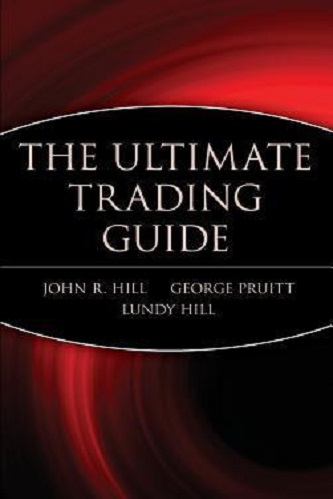


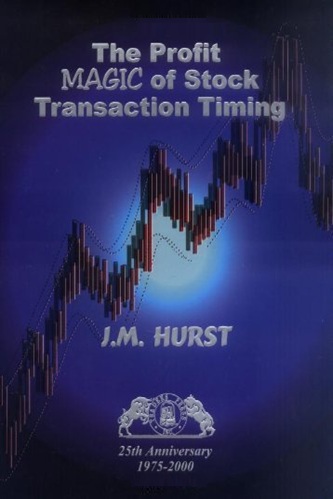
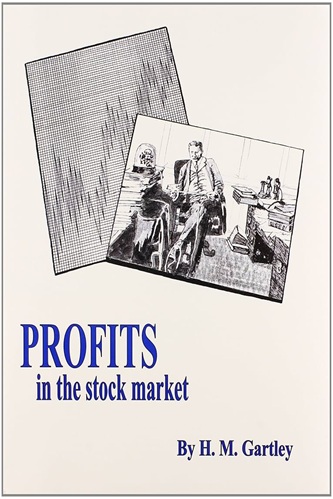
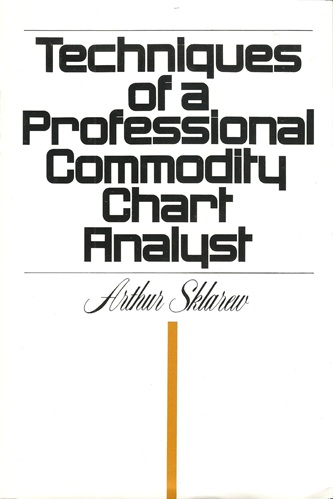
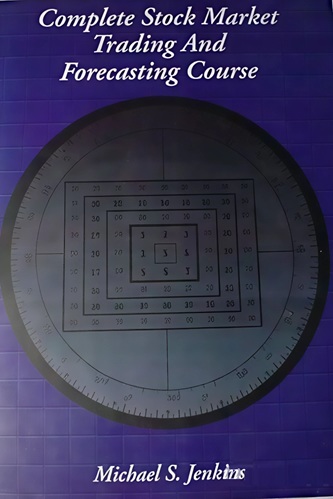
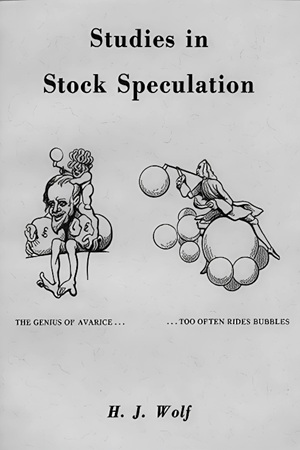

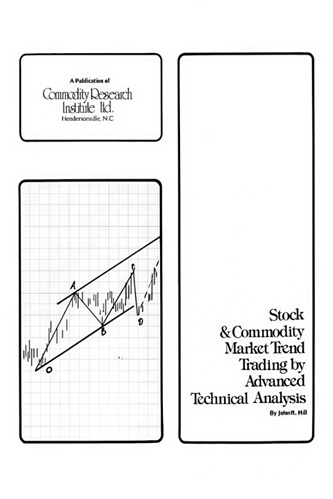
Patrick Wilson (verified owner) –
A well-written and thoroughly enjoyable book. It is filled with refreshingly new ways of looking at the market, combined with valuable perceptions that can only come from John Hill’s years of experience and the ability to see the big picture. My congratulations to John for his tenacity in delivering Futures Truth
Ophelia Underwood (verified owner) –
Please don’t buy this, the “market” is now dominated by machines not humans and they react and cancel orders before you can even get to see the order!
Coen Olsen (verified owner) –
I have been trading for 15 years (full time) and I have my own trading system which I have developed. I find this book to be one of the best books ever written on the subject.
Charlie Peters (verified owner) –
If you are looking for a book that effectively puts all of the pieces of the puzzle together, then this is for you. It has a LOT of very valuable technical insights, the kind you only get from a market veteran. WELL worth both the time to read, and the cost of the book.
Randy Chang (verified owner) –
As a full time futures/stocks trader I have bought countless books on the subject. Until UTG my favourite was Larry William’s futures online offering. However I found UTG to be much more specific and explained with better clarity. It really is a must have for both the discretionary and (particularly) the systems trader. Trading is not a get-rich-quick scheme and involves much pain along the way. This book dealt with those issues with a refreshing honesty.
Yaretzi Avalos (verified owner) –
Having traded futures for over 20 years, the last five full time, I have read countless books and articles on trading systems. The Ultimate Trading Guide brings together the wisdom of a trio that has probably seen more systems than virtually any other threesome on the planet. This invaluable book provides practical guidance on how to design, develop and trade a winning system. Traders who ignore the book’s precepts do so at their own risk.
Reece Velasquez (verified owner) –
This important book offers unique price pattern recognition and set-ups not found in trading books by any other authors. These patterns and set-ups are the direct result of John Hill’s over 50 years of trading experience.
This book is currently one of the most valuable addition in my trading book library.
Oaklyn Bentley (verified owner) –
I advise potential traders to buy this book. It has some good ideas although the specific results on backtesting is not always provided. I liked larry williams book on long term secrets of short term trading because most time he mentioned a strategy he would show the results of backtesting it. The hill book does have good ideas and the assessment of trading systems which have been succesful such as ABERRATION makes you think about losses to be endured on your way to bill gates fortune. May be the best option is to give your money to a broker and ask them to trade a proven long term system eg Mystery system (see the book ), Clearly simple systems are robust and work over time. The channel breakoutsystem still appears to work if you can stand the drawdown. Some apparently highly rated by thier own futures truth magazine systems such as DUAL THRUST are not mentioned.
Overall a useful contribution. I am sorry but the book does not live up to its title although it is good.
Archer Griffin (verified owner) –
12 out of 10. But not for everyone. The book is designed to help ~you~ develop a trading system, it does not hand one out to you on a platter. Actually it does serve up many, many, many different systems, tests them, explains them in extreme detail to the point that you could computerise them (if you have that skill) however you won’t find any of them work wonders.
If however you are very skilled you will get a lot of inspiration from this book. For example, if you are already very advanced, and have developed your own systems either in your head or on computer.
If you are a beginner / novice you might be completely overwhelmed.
Read the other reader reviews and you’ll see generally those who are experienced loved it, those new to trading wanting easy answers hated it / disappointed.
It is one of the few books I am reluctant to promote because I don’t want the secrets in it to get out – ha! oh well hopefully most people won’t get it.
Esme Hunter (verified owner) –
Don’t let the title fool you — this book is not an ultimate compendium in any way. You won’t find anything on candlestick charting nor anything on volume-based indicators. With such large omissions the book doesn’t deserve to use the title “Ultimate” — that said, though, this book is a welcome addition to the trading literature.
If I were to nename the book I would title it “A Good Little Book on Trading.” The chapter on 2- and 3-day bar chart patterns has some new ideas and the chapters on evaluating and using mechanical trading systems are very worthwhile. I am impressed by the material on historical backtesting because it addresses the statistical problems and pitfalls that many traders make (too many systems are optimized to produce statistical false positives). The authors backtested a non-optimized system and compared it with dynamic optimization and found optimization underperformed the static version of the test!
In a nutshell, despite it not being “ultimate” this book is “quite good” and will give you fresh insights not seen anywhere else.